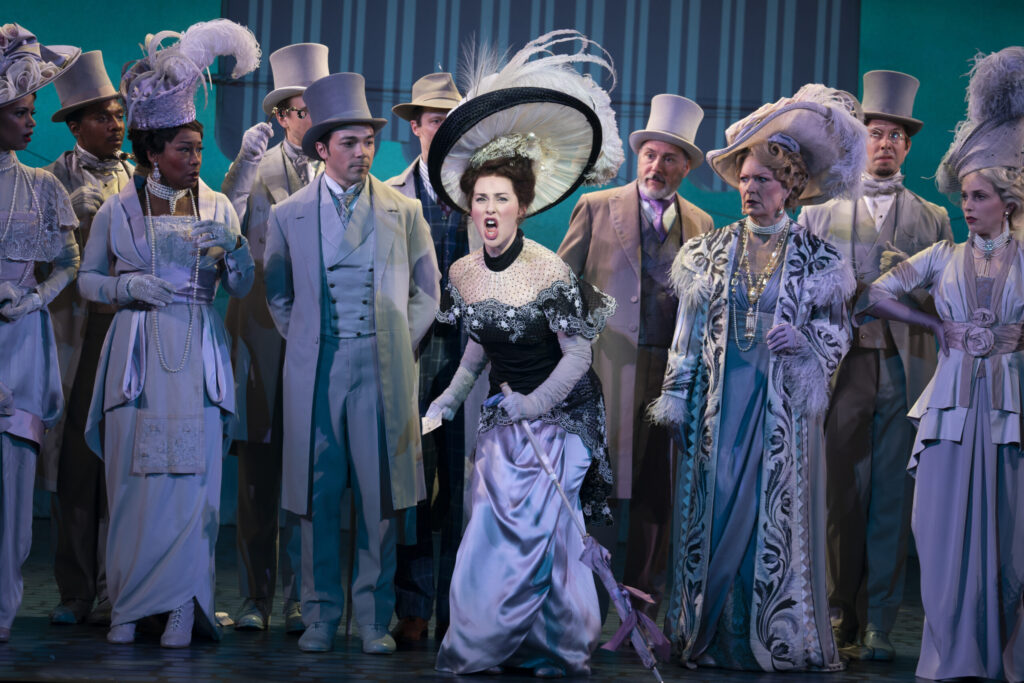
For the first time in company history, Nashville Ballet will present a televised premiere of “Nashville’s Nutcracker” on NewsChannel 5. This historic performance will feature new and exciting elements for viewers as they experience this holiday classic like never before.

In order to present “Nashville’s Nutcracker” safely this year, Nashville Ballet filmed a full-length, made for television production of the beloved holiday classic. This free event, sponsored by the Tennessee Titans, will allow members of our community to continue their holiday traditions. Whether they are annual attendees of “Nashville’s Nutcracker” or seeing it for the very first time, we hope that viewers will find comfort in experiencing this magical holiday event within the safety of their own homes.

The program premieres this Friday (Dec. 18) at 7 p.m. CST. It also airs Dec. 25 at 3 p.m CST on NewsChannel 5 and Thursday, Dec. 24, 2020 at 7 p.m. CST on NewsChannel 5+. In addition to NewsChannel 5 WTVF and NewsChannel 5+ via broadcast/cable TV, the show will also be available through the NewsChannel 5 app, and through the station’s availability on Roku, AppleTV and Amazon Fire devices as well as most smart TVs or Android OS TV. For more information on “Nashville’s Nutcracker” and how to watch, click here.

The full-length performance will feature Nashville Ballet company members, NB2 members and trainees, School of Nashville Ballet students, and a special introduction and narration by former Tennessee Titans running back Eddie George.

The greatest gift to give or get, “Nashville’s Nutcracker” is Music City’s favorite holiday tradition! For a limited time only, you can purchase tickets for next year’s in-theater performances and guarantee your seats to see this magical production live at TPAC in December 2021. Reserve your tickets today by clicking here to get the best seats at the best price. Use promo code HAPPYHOLIDAYS at checkout before our pre-sale ends on Jan. 3. Presale is eligible for December 2021 performances only. And for gifts that share the joy of Christmas and beyond click here to visit the Nashville Ballet Shop online!









































